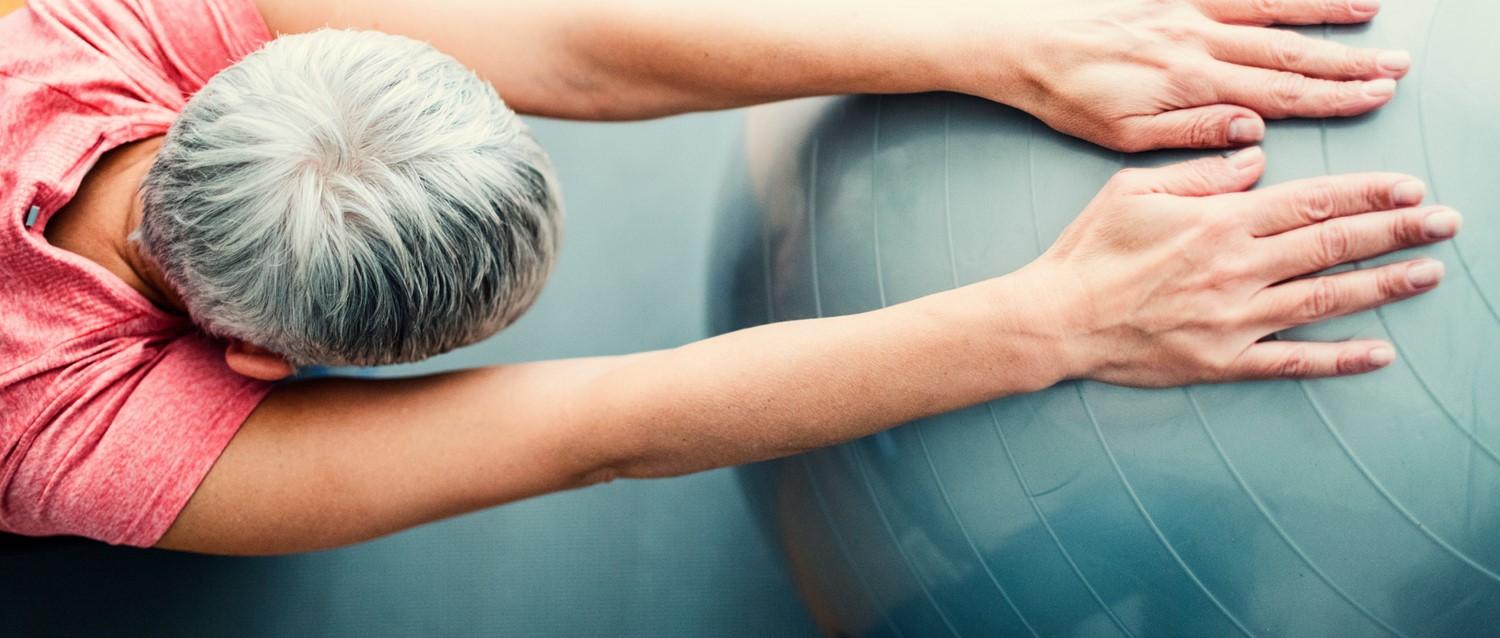
Which sports are the worst for your health?
Peer reviewed by Dr Sarah Jarvis MBE, FRCGPLast updated by Abi MillarLast updated 25 Jan 2021
Meets Patient’s editorial guidelines
- DownloadDownload
- Share
- Language
- Discussion
Despite their many health benefits, many sports can lead to injuries if you're not careful. But which sports carry the highest risk of injury and what should you do to stay safe?
In this article:
Playing sports is a huge part of life for many people - and it's easy to see why. As well as improving your fitness, many sports have a strong community element and bring a wealth of mental health benefits.
Unfortunately, most sports also carry some risk of injury. This can be extremely frustrating - nobody wants to be sidelined from their favourite activity - and can end up interfering with your day-to-day life.
An extreme example would be the concussions associated with contact sports like rugby and American football. Recently, a group of former professional rugby union players filed a lawsuit against the game's authorities, claiming they weren't adequately protected from head injuries. They were forced to deal with the devastating long-term consequences, including early-onset dementia.
But it isn't just professional sportspeople who have to watch out for injuries. At the less life-altering end of the spectrum, many common sports require the body to move in challenging ways and should be approached with care.
Continue reading below
Which sports lead to which injuries?
"Each sport subjects the athlete to different biomechanical forces or stresses that can lead to injuries specific to that sport," says Dr Lorenzo Masci, sports and exercise medicine consultant at the Institute of Sport, Exercise & Health (ISEH), in partnership with HCA Healthcare UK. "For example, sports involving excessive and repeated extension and rotation of the spine - diving, cricket bowling, tennis - can led to stress fractures in the spine, while rowing can lead to stress fractures of the ribs."
Giles Stafford, consultant orthopaedic surgeon at The Wellington Hospital, part of HCA UK, points out that, while it's simplistic to link certain injuries with certain sports, there are some common ailments he sees at his clinic.
"Obviously high-energy contact sports such as rugby and football (soccer) have the highest risk of injury," he says. "This is because of the huge strains put through the body, not just in contact situations when we see dislocations and bone breakages, but when repeatedly cutting and changing direction at full speed. This puts huge strain through the hips, knees and ankles, not to mention the main muscle groups such as the quadriceps and hamstrings. We often see hamstring tears in these players."
Football players may also place a lot of strain on the medial collateral ligament (MCL) in the knee, and can develop low abdominal muscle injuries such as the 'sportsman's hernia' (athletic pubalgia). Squash and tennis players may face problems associated with twisting, along with elbow and wrist problems, while golfers often deal with lower-back issues.
"However, one of the main culprits to bring patients to my office is long-distance running," says Stafford. "This is because the sustained impact of running puts huge pressure through the joints which can start to become damaged if there are mild shape abnormalities in the joint, which cause points of increased strain. Runners tend to get at muscle inflammations and attritional tendon or ligament injuries."
When to steer clear
Unfortunately, our risk of injury tends to increase as we get older - our bodies change and we become less resilient to wear and tear, or the effects of impact sports.
"It has thankfully become less common recently, but my clinic used to be full of forty-something triathletes, and older, who were trying to re-live the glory of their twenties," says Stafford. "Taking up high-impact activities when you're approaching middle age is generally a bad idea unless you've been doing it all your life and are conditioned to do so."
He is glad to witness the rise of the 'middle-aged man in Lycra' (MAMIL). Cycling is low-impact and therefore kinder on the body, while helping to maintain cardiovascular fitness.
Masci adds that while there are few restrictions on sports in general (most able-bodied people can play most sports safely), some people should avoid certain sports for medical reasons.
"For example, for patients taking blood thinners such as warfarin, we recommend they avoid contact sports such as rugby or football, as trauma can led to bleeding in internal organs," he says. "Similarly, for pregnant women, we recommend they avoid sports that increase risk of trauma or falls, such as contact sport, cycling and skiing."
Continue reading below
How to protect yourself against injuries
Luckily, there are things you can do to lower your risk of injury and play your chosen sport more safely. The most obvious point is to steer clear of overtraining. It's about building on what your body is used to, without making any sudden changes to training duration or intensity.
"We've seen many injuries over lockdown as gyms have closed so people are running more frequently to compensate," says Masci. "It's also important to give your body time to recover with rest and adequate sleep. Stress can also delay recovery."
If you're starting a new activity, or returning from injury, it's wise to start gently and build up gradually. New runners, for instance, could try the NHS Couch to 5K programme, which allows you to build towards running 5K over the course of nine weeks.
"Trying to maintain flexibility is also important, as is maintenance of your core stability," says Stafford. "I preach that all sportspeople over 40 should be doing regular Pilates, which concentrates on functional movement and gentle stretching. Yoga is often not a substitute, as I see many yogis who have injured themselves by just pushing their joints too far."
He adds that a major risk factor for injury is poor muscle balance (for instance, being a 'quad-dominant' runner with comparatively weak gluteal muscles). You should incorporate strength-training exercises into your regime to give your body the best chance of staying injury-free.
"Most sportspeople concentrate on one or two muscle groups as they perceive that they will improve if they get stronger in certain areas," he says. "However, they often neglect the opposing muscle group, which puts undue force on that muscle and can often be injured. All muscles have a Yin and a Yang, and they must be well balanced if you wish to avoid injury."
Patient picks for Exercise and physical activity

Healthy living
How to maintain your running routine in winter
When it's cold and blustery outside, going for a run might be the last thing you feel like doing. However, running in winter can be surprisingly enjoyable if you bear a few pointers in mind.
by Abi Millar

Healthy living
How to embrace fitness after 50
You already know it's worth making exercise a priority. But, if you're over 50 and haven't laced up your trainers since secondary school PE class, it can be a real struggle to get going. We spoke to the experts about the health benefits of taking up exercise after 50, and how to make sure your shiny new gym membership doesn't go to waste.
by Sarah Graham
Continue reading below
Article history
The information on this page is peer reviewed by qualified clinicians.
25 Jan 2021 | Latest version

Ask, share, connect.
Browse discussions, ask questions, and share experiences across hundreds of health topics.

Feeling unwell?
Assess your symptoms online for free
Sign up to the Patient newsletter
Your weekly dose of clear, trustworthy health advice - written to help you feel informed, confident and in control.
By subscribing you accept our Privacy Policy. You can unsubscribe at any time. We never sell your data.